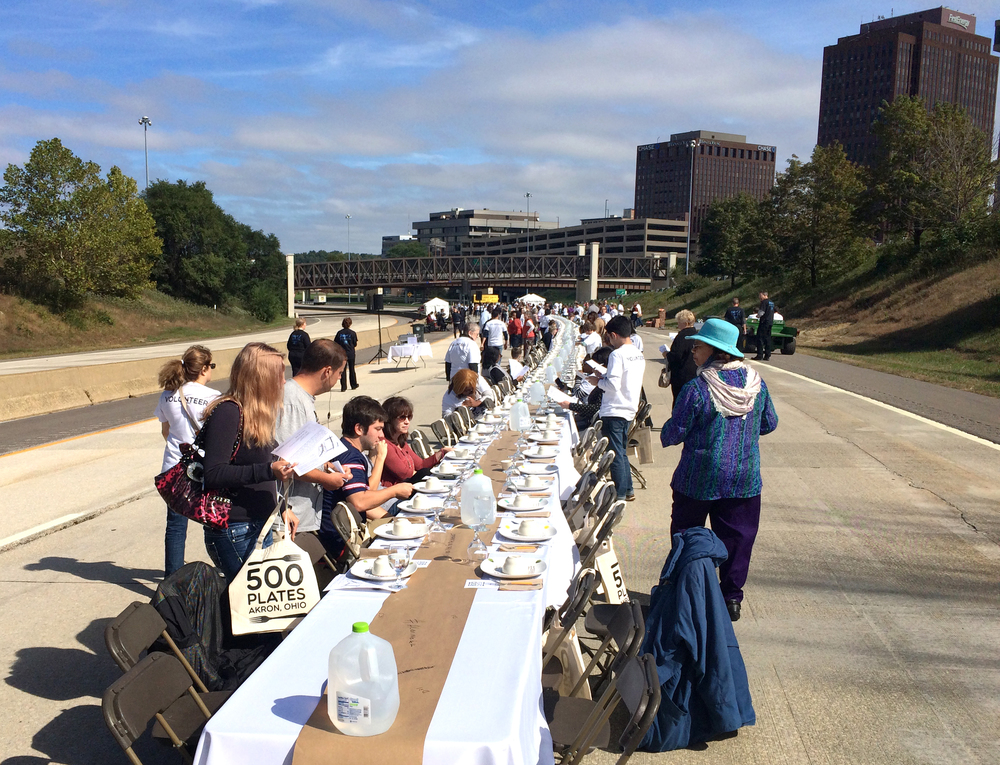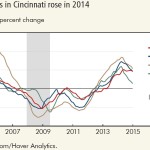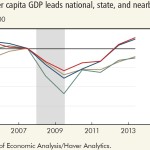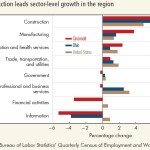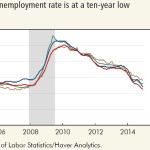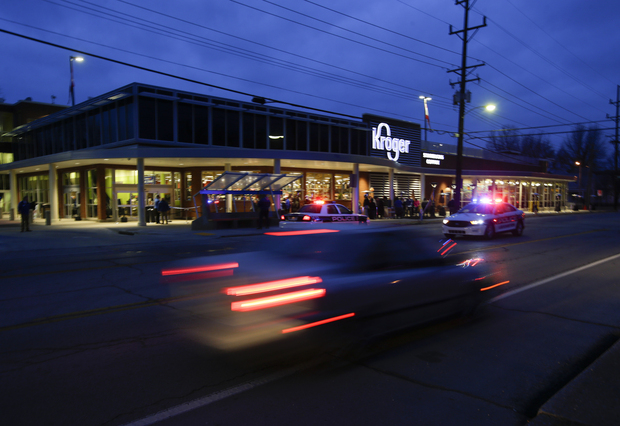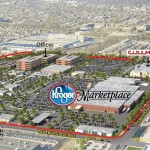The Knight Foundation will announce their list of finalists in the Knight Cities Challenge today. The finalists have been pulled from a collection of more than 4,500 ideas submitted through the challenge to help improve the vibrancy of cities throughout America.
The competition, as with all Knight Foundation grants, is limited to the 26 communities where the organization focuses its efforts. The nearest cities to Cincinnati include Akron and Lexington – both of which were places where the Knight brothers once owned newspapers.
“Through the challenge we want to find new voices and new ideas that capture the three key ingredients of city success—talent, opportunity and engagement,” said Carol Coletta, Knight Foundation vice president for community and national initiatives. “We see these as essential to the challenge and to building stronger futures for all of our cities.”
Akron has become a bit of a darling in the Knight Foundation group as many efforts originating their so tightly align with the non-profit’s core values. In fact, this past October Akron grabbed national headlines when it staged a 500-person dinner on an underutilized highway in the heart of the city – an effort the Knight Foundation supported financially.
The winners of this year’s challenge will be awarded grants to implement their ideas from a pool of $5 million. The target, program officials say, is to invest in civic innovators who help cities attract and keep talented people, expand economic opportunity and create a culture of engagement. Such a model is similar to what People’s Liberty has taken on here in Cincinnati.
Three projects that may prove of interest to leaders here in the Queen City include the Tree Debris to Opportunity project in Boulder, and the New Flavors Food Truck project in North Dakota.
In Boulder, city officials are looking to turn tree debris into an opportunity by training members of the community looking for new skills into collectors and artisans. Through the project, participants would work with the city to collect tree debris and turn it into furniture and art – thus improving the cleanliness of the city and providing the participants with new skills.
In Cincinnati, such a program could potentially help bolster Mayor John Cranley‘s Hand Up Initiative which is aiming to lift 4,000 Cincinnatians out of poverty, while also helping improve the cleanliness of city neighborhoods.
The proposal for the New Flavors Food Truck looks to capitalize on the continued popularity and low-cost of food trucks. In this effort, the organizers would use a generic food truck to provide opportunities to new immigrants to start new food service businesses or restaurants.
With Cincinnati placing a growing interest in embracing and growing its immigrant population, an idea akin to this might serve as a good building block to empower those individuals.
The Knight Foundation will select the winners from this pool of nearly 150 finalists later this spring.
